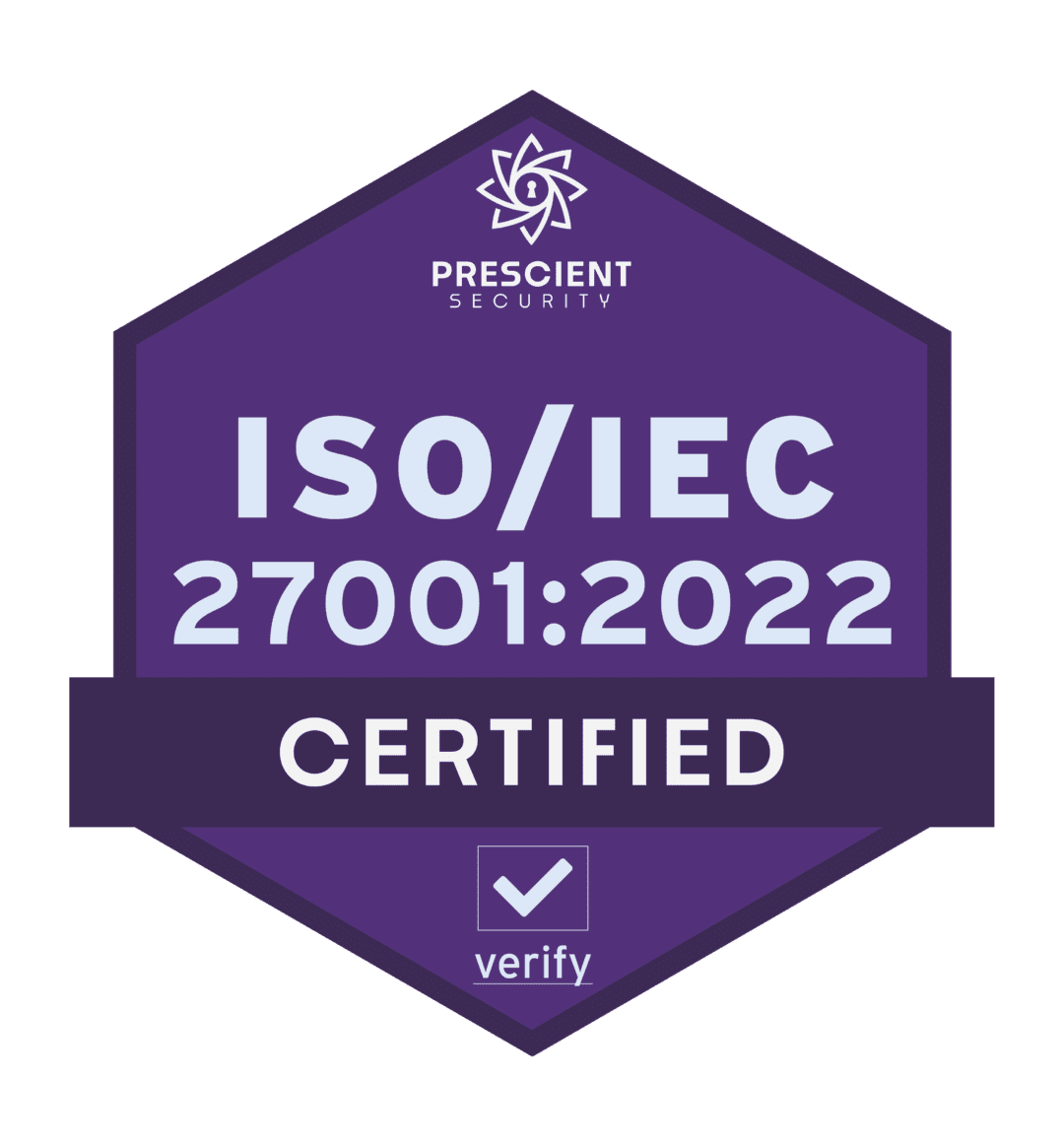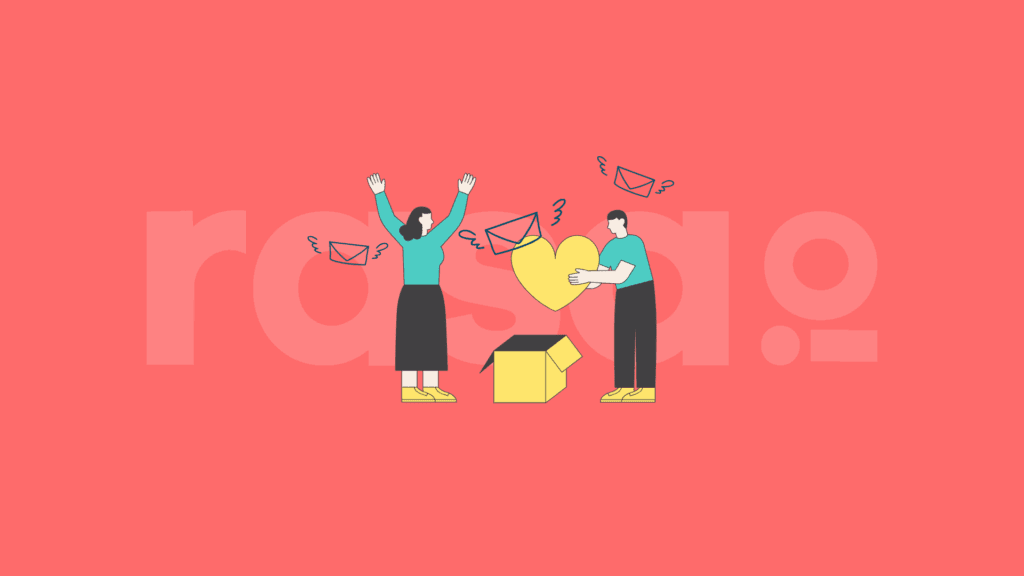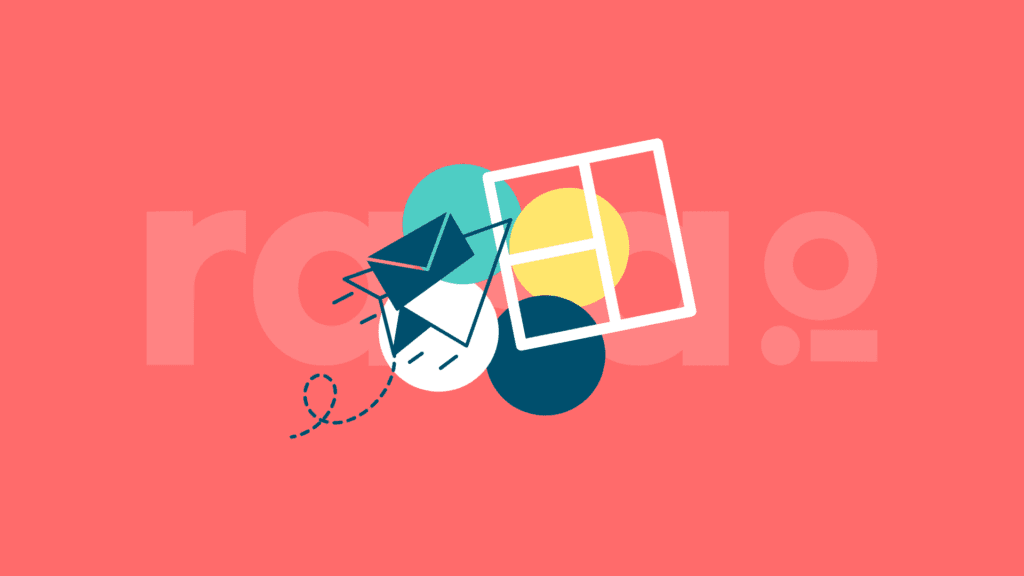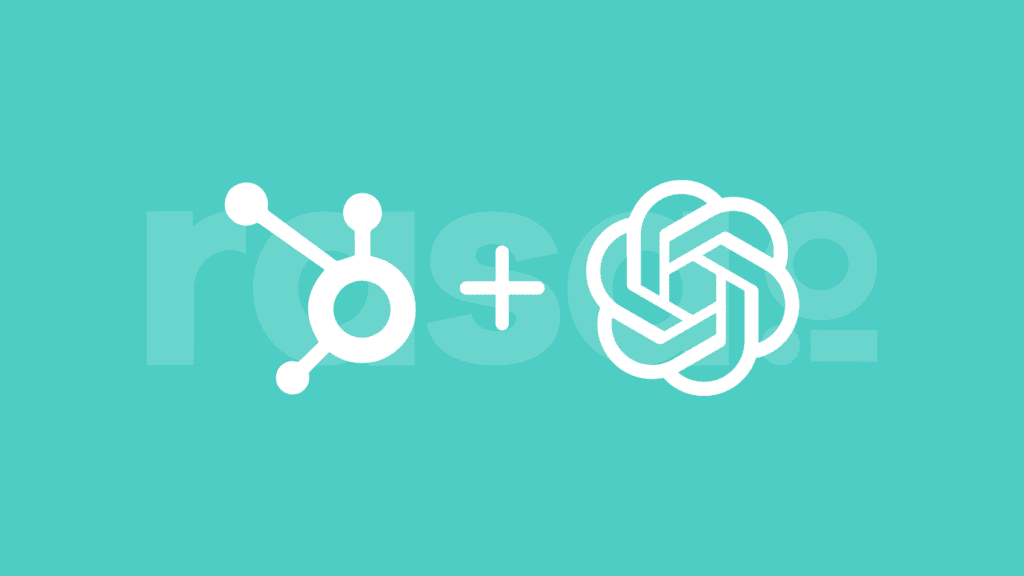Stefan von Imhof
How the head of product at Flippa.com launched a niche, email newsletter on the Substack platform and began monetizing it. This is Stefan Von Imhof’s story about Pushing Send.
Stefan lives and breathes digital asset analysis and valuations. He’s the Head of Product at Flippa – the world’s largest marketplace for buying & selling online businesses. He created and runs Flippa’s Due Diligence Program, and has bought & sold dozens of sites since 2012. Prior to Flippa he was an early employee at HG Insights, a market intelligence company sold to Riverwood Capital Partners in 2020.
Key Points From This Episode:
- Stefan likens his Alternative Assets newsletter to a market fit due to its immediate success.
- His big “aha” moment came to him when people began asking about sponsorships and that took on a life of its own.
- Alternative Assets came together because Stefan was interested in digital assets and the fact that we are now able to do amazing things with our cash because of new technology platforms.
- Stefan shares about both his free and paid newsletters. He has created a model of sponsorship from a few pieces of data, including subscribers, clicks, open rates, growth rates, etc to formulate sponsorship sheets.
- He shares a lot about the actual value of newsletters and how to use those values to determine if a paid package is an option for you.
Tweetables:
“It’s not just digital assets that I’m interested in, I’m interested in, in the wide world of opportunity that we all have thanks to technology to basically do really cool things with our cash.” – @Stefanvonimhof
“I also just happen to think that digital assets provide the absolute best alternative investment opportunity for sure, right? And I think that drumbeat is definitely getting louder.” – @Stefanvonimhof
“It also has a really interesting kind of psychological effect, because thinking about it, like the sooner you book, the sooner you lock in prices, the less chance they have of like going up even more later.” – @Stefanvonimhof
“The big dividing line is if you’re really, truly monetizing it or not. Newsletters that are earning revenue through sponsorships or paid packages or a combination thereof are going to be valued a lot more.” – @Stefanvonimhof
Links Mentioned in Today’s Episode:
- Stefan von Imhof: LinkedIn, Twitter
- Bryan Kelly: LinkedIn
- rasa.io
- Alternative Assets
- Morning Brew
- Flippa.com
- Substack
Episode Transcript
Stefan von Imhof:
I mean, if we look at blogs and the big blog explosion of like the two thousands, right? When everyone under the sun had their own blog and what happened to most of those, right? People start a lot more blogs than they keep. So I think that we’re probably seeing something similar with newsletters now. I’m definitely dedicated, but I think there’s a lot of people that I’m not, and that’s okay. They might let them go for six months a year, but it is it, I think it’ll definitely start happening. And in fact it already is, I mean, look at Morning Brew. That’s a big deal, right? When that happened, people realized like, Oh man because Morning Brew has not been around for that long. Not everyone’s going to get anything close to that. Right. But that’s, that’s a good dream for a lot of people. And I think that really validated the newsletter as a sellable digital asset.
Bryan Kelly:
From rasa.io, the free tool for sending smarter and better email newsletters, this is Pushing Send, a show featuring people who send emails, their subscribers actually want to read. I’m Bryan Kelly, and on today’s show how the head of product at Flippa.com launched a niche, email newsletter on the Substack platform and began monetizing it. Here’s Stefan Von Imhof. What caused you to start your email newsletter, Alternative Assets in 2020?
Stefan von Imhof:
I started during Melbourne’s lockdown. So frankly like there really wasn’t like a whole lot else to do on the weekends. And I’m already thinking and talking and writing about this stuff through my day job. I’m the head of product at Flippa.com. I figured might as well put pen to paper and just kind of jump on the Substack train and at the risk of kind of jumping into the pool with everyone else. I figured, well, you know, why not? Let’s just let’s do this. Let’s start seeing where it goes. I think that the newsletter, it definitely got off to a really good start. It’s always scary when you start putting content out there in the world, you know, is anyone care? Is anyone gonna read it? Anyone notice? I had nothing to lose. I just started writing for myself really before I knew it had a pretty decent audience. I think I started with like a hundred people that I sent it to, I thought it might be interested just from my network and yeah, it just kept growing and growing. That that hasn’t stopped at all. And you know, it’s funny you talk about like, like product market fit when you just kind of know, right. When, you know, a product is just hitting and it just feels right. It’s really tough to define exactly when that moment comes, but you know what, when you see it, right. I kind of liken what happened with alternative assets to newsletter market fit after like three or four issues, it was just hitting. And it was like, Oh yeah, like people are liking this. The feedback’s good. I’m liking it. I like the concepts. It’s growing. People are sharing. That’s what it feels like. You know, it only took about probably four or five issues. And I kind of just knew I was, I was onto something.
Bryan Kelly:
Describe for me the specific aha moment that sparked the idea.
Stefan von Imhof:
I definitely had aha moment when I Started getting people knocking on my door for a sponsorship, because I hadn’t really been thinking much about monetizing it. And I thought, Oh, maybe someday I’ll have a paid version or, you know, had some ideas for paid packages and stuff like that. But the sponsorship angle and kind of that whole like sub economy that’s grown up without any structure just on top of Substack is pretty fascinating. It was only probably five or six issues in and I just, I had people coming up to me like, yeah, like, do you want to just partner up? And you know, I wasn’t ready for it. I didn’t have prices or anything like that. So I just started kind of running small ads here and there to test the waters. And then I just had a couple of big sponsors just buy up months at a time that kind of kicked that into high gear. So it’s a little off topic, but that to me was a big aha moment because I was like, Oh wow, you can actually make this work.
Bryan Kelly:
Had the concept of Alternative Assets been in your head for a while before the circumstances that led to you launching it came together.
Stefan von Imhof:
For me, it was like kind of the confluence of a few different interests in worlds coming together. So like world number one is just the world of digital assets, right? Flippa is where I work. It’s what I love. I love writing about Fippa on the digital asset space anyways, but the more I thought about it, the more I realized that it’s not just digital assets that I’m interested in, I’m interested in, in the wide world of opportunity that we all have thanks to technology to basically do really cool things with our cash. It’s kind of new. A lot of this stuff is only sprouted in the past year or so, or maybe just a little more, maybe like two years, but all of a sudden we’ve got all of these technology enabled platforms that have converged with investment opportunities. So now all of a sudden you can hop on your phone or on your computer and invest in things you couldn’t invest in before farmland and wine and classic cars and collectibles. And so I thought there might be something there and there might be something about kind of taking all of this stuff, all of these technology field, investment opportunities and kind of housing them under one brand or umbrella. And I thought about this and I thought, you know, this, this could be something. And I thought alternative investments is kind of what it is. Right. But it just didn’t really have the same ring to it as alternative assets early, like the a and the, a together, it sounds stupid, but that’s actually just kind of like how the thought process went. You know, I just kinda thought it had a nice ring to it. And so that’s kind of where my angle lies now. It’s like I’m exploring unique investment ideas. My focus is about half on digital assets because that’s the world I know best. And I also just happen to think that digital assets provide the absolute best alternative investment opportunity for sure. Right.? And I think that drum beat is definitely getting louder. A lot of people are starting to realize the power of that space, but I didn’t want to just limit myself to digital assets. I really wanted to explore just the wide world of alternatives. And I think a lot of people are really tired of the tried and true venture capital driven approach towards starting a business. I actually, I specifically stay completely away from venture capital. There’s enough people writing about it. There’s enough people talking about it. I don’t have expertise in it. I don’t particularly like it as much as more kind of organically grown businesses, bootstrap businesses, and slow growth businesses. So it’s all good. It’s I don’t have like any problem with it, but I just, I just don’t really touch it at all. Um, I also don’t touch stocks. It’s too obvious. It’s what most people invest in. Right? And I am one of them. I think equities investing is fantastic. There’s enough people writing about that. Not people talking about that
Bryan Kelly:
When we come back, Stefan talks about the difference between his free sponsor supported newsletter and his premium subscription newsletter. I’m Bryan Kelly, and you’re listening to Pushing Send from rasa.io.
rasa.io:
Creating email newsletters takes a lot of time. You might curate articles, write content, tweak your template, and look up metrics and not to mention you’re probably doing all of this once a week. well at rasa.io, we said enough and built a free tool to simplify the process, which saves you time. It also uses AI to personalize emails for each subscriber based on their interests. That means they get stuff they like to read. Want to see how it works? Visit www.rasa.io and click how it works.
Bryan Kelly:
Welcome back to Pushing Send, I’m Bryan Kelly. Stefan has a really cool way of looking at his email newsletter business and creating opportunities for both audience members and sponsors alike. Here’s Stefan sharing details on this. What’s the dynamic between your free sponsor supported newsletter and the paid subscription newsletter you’ve launched.
Stefan von Imhof:
I did not have any sort of paid plan. Especially once I started getting sponsors, I was like, I didn’t really see the need for a paid version, to be honest. You know, I mean, if you’re getting basically funded through sponsors, it’s kind of, what’s the point of getting people to try to subscribe? I also, I’m a little skeptical. I have to say of, I mean, there’s only so many paid newsletters people I think are willing to subscribe to. And I just, I’m a little skeptical that more content is the, is the right way to monetize a newsletter. Now, if you can do it great, awesome. That’s fantastic for me, it didn’t feel right. It didn’t also didn’t want to hide any content from the web. I want people to see what I’m putting out there and I want Google to see it. And I want the idea of pay walling. That is just, I don’t know, it doesn’t seem right to me. So I kind of threw tossed around the idea of like, yeah, I can do more content. And I kind of just threw that away. I don’t think that people would pay for more, to any significant degree and I could be wrong. But you know, after about two months of writing, I did have an inkling for, you know, I call it a paid package. It’s, it’s called traffic advantage. And what I do is I have developed these proprietary algorithms, basically formulas for mathematically determining the best content website deals each week.
Bryan Kelly:
How are you figuring out the pricing structure for sponsorships in that free newsletter? I see that you have a unique approach that’s very interesting.
Stefan von Imhof:
The problem I’m trying to solve is that it’s really tough to price sponsorships when you newsletter is growing so quickly. So the first sponsor I ever got bought three ad slots in three consecutive weeks. And I think I charged like 10 or 15 bucks, right? I just wanted to just start dipping my toes in the water. This was super early. I charged like 10 bucks per issue or something like that. Right. And by the third week, like the readership had like doubled from when we first started advertising and this was early, right? So it was real easy to double your audience, but still it had doubled basically. And I’m like, this is insane. Like I should be getting more for this real estate, this digital real estate. Right. It doesn’t make sense to be charging this little. And then I just, I quickly realized like, there’s no way I could ever honestly lock in any sort of long-term advertising contracts at a single price without the final few issues or the latter, half of those issues being drastically under priced. It’s just, I had to figure out basically like, all right, what’s the growth rate? What’s the expected subscriber account in three months. And then that way, if you want to book, like you’re basically paying for the eyeballs that you’re getting, it’s not conventional probably, but I just, I didn’t see any other way to do it. I’m also just the nerd for this kind of stuff and models, data models. And so I just basically created a model that’s based on a couple of things it’s based on mostly the number of subscribers, which is pretty obvious, but I’ve always had really strong click through rates and impressions. And especially since you get a double whammy, since all the content lives on the website and it gets picked up by Google and new eyeballs, there’s a lot of impressions that I have, as well, so the click through rate, the open rate and the impressions are all really, really strong. So I basically just kind of fused a few numbers together and came up with a rolling average that weights impressions, opens , subscribers and clicks together and just kind of like a very simple formula. Yeah. And then I just extrapolate out the growth rate. So that way I can say like, look, here’s a sponsorship sheet. I’d love to just everything be a flat price, but there’s no way that’ll work. There’s no either you’re overpaying or underpaying, but you’ll never be accurately paying. Right. It’s worked pretty well. I think people appreciate the honesty of it. It also has a really interesting kind of psychological effect, because think about it like the sooner you book, the sooner you lock in prices, the less chance they have of like going up even more later. So it’s kind of like a, an act now kind of thing. And you know, I don’t run with that too heavily, but so there’s some interesting psychology going on going on there as well. Yeah. I mean, it’s, it’s, it’s been really helpful. I mean, it’s super janky. It’s just in like a Google doc. It’s not like super official or anything, like that, but look at the end of the day, like it’s, we’re just trying to MVP this stuff. Right. We don’t need to, this doesn’t need to be the most polished, uh, polished thing in the world.
Speaker 4:
Yeah, exactly. I mean, better than the having something that’s polished with only 10 subscribers, right?
Stefan von Imhof:
Absolutely. I will say one more thing since developing this model for sponsorship, I’ve actually, I’ve realized that there’s a lot of newsletters out there that are undervaluing their eyeballs, right? So like, if you’re a sucker for metrics, you can look at like, all right, what’s the price to advertise per subscription, right? Like what’s the price per open. What’s the price per impression, right? So these are metrics you can derive. They’re pretty basic, not that tough, but like, remember I’m looking to advertise Alternative Assets in someone else’s newsletter. I just see how they compare to kind of like my values and then just the benchmark of the industry as a whole, I can see who is basically charging less than they should. And I will definitely not be naming names, but I’ve definitely been doing a lot of advertising and those things,
Bryan Kelly:
Uh, well, what are your thoughts around how to value an email newsletter? I know it’s one of many Alternative Assets that you write about.
Stefan von Imhof:
The big dividing line is if you’re really, truly monetizing it or not. Right? So newsletters that are earning revenue through sponsorships or paid packages or combination thereof, those are going to be valued a lot more. Those you can start to expect to be valued at ballpark, just based on the digital asset space and content websites. Probably, you know, you’re looking at three to four X multiples, that’s annual net profit, right. And there really isn’t a whole lot of expenses with newsletters. So it’s pretty close to your annual net revenue, right. It just depends. If you have a newsletter that has a paid package and you have really, really low churn. I mean, that’s really not that far from a SAS business, right. In which case you can start to say, well, you could argue that’s a seven to 10 X. Right? Good luck getting it because the market isn’t as educated yet, but there’s buyers out there. And so I think that the big dividing line is just with, are you earning revenue or not? If you’re not earning revenue basically in the newsletter based on subscribers and engagement, right? So the number of subscribers and how engaged they are, how much they open each issue, what their click through rate is. I mean, subscribers still definitely have value. There’s no question about it. Valuing a subscriber is a little bit trickier because you have that big question again. It’s like, well, if you’re saying each subscriber is worth, say $3 of subscriber, well, how come you haven’t been able to monetize that yet. Right. And it’s like, Oh, okay, well maybe you haven’t tried. Maybe you’re just not that good at it. Maybe you don’t want to, that’s all fair. This is part of the market. We deal with the digital assets every single day, but because it’s not proven to convert, to paid, I think you would expect a lower multiple. I shouldn’t see a lower multiple. I that’s, if there’s some revenue, if there’s no revenue, I think it’s basically just the cost per subscriber play. I know what I would pay. I don’t think that the market has established exactly what the value of a subscriber is yet. And I think that’s actually really fascinating, I see newsletters that are for sale and they have like 10,000 subscribers and they’re asking like 20 grand. And I’m like, um, man, I just, because you got to think like, what’s the replacement cost of getting those yourself? Like, what is the cost of going to Facebook running ads, if it’s less than $2 a subscriber, well, then you might as well just do that. A lot of it also depends on the niche, right? Like there’s some niches that you’re never really going to be able to monetize that well, and then there’s others that will definitely be worth more to, to everyone from advertisers to anyone who wants to access to them. As it turns out, subscribers of Alternative Assets are pretty valuable. These are people that have wallets that are pretty fat. They’re looking to invest at a minimum they’re, even if they’re not ready to pull the trigger on investments, they’re interested. That’s a pretty darn good audience to have, right? The third risk of tooting, Alternative Assets horn, that kind of audience is a lot more valuable than maybe say someone who has a newsletter about let’s say like the NFL or something like that. You know? And I don’t know why I’m picking on the NFL here, but it’s just, the audience matters quite a bit. So it remains to be seen what the value of a subscriber is. That’s for sure. There’s some math you can put to it and you could extrapolate it out. You have to assume that the average paid conversion rate is about, well, Substack says it’s between five and 10%. They’ve kind of dialed that back a bit. I’ll tell you right now, 5% is pretty standard. Everyone I’ve talked to my own conversion, I’m an open book on this stuff is basically pretty close to 5%. Yeah. So you can do the math and say, all right, well, if you’re valuing them a $2 a subscriber, and I know I can convert 5% of these with a package worth this much, then yeah. It might be worth it. Right?
Bryan Kelly:
If you’re thinking about ways to leverage an email newsletter as a business or an alternative asset, I hope you’ve got a ton of value from Stefan’s story coming up on our next episode, we’ll hear from Lindsay Bryan-Podvin, a financial therapist from Michigan, who”se been using email to grow her business beyond the confines of her state. Lindsay shares, how following email marketing best practices did not work for her and what she did instead to get so much more from her email list. Don’t miss the details of Lindsay’s story. If you’re listening to Pushing Send for the first time, be sure to subscribe at Apple Podcasts or wherever you’re listening. So you don’t miss an episode. And if you’ve enjoyed what you’ve heard today, I’d encourage you to check out a few other episodes while you’re here. Lastly, leaving a review will help us share these stories with others, just like yourself. Thanks in advance for doing that. I’m Bryan Kelly, and you’ve been listening to Pushing Send from rasa.io.














